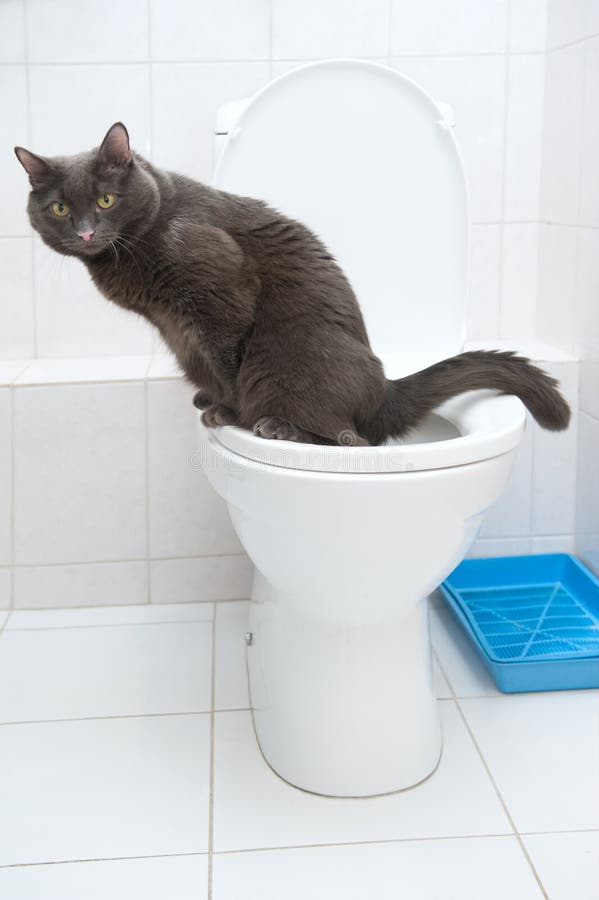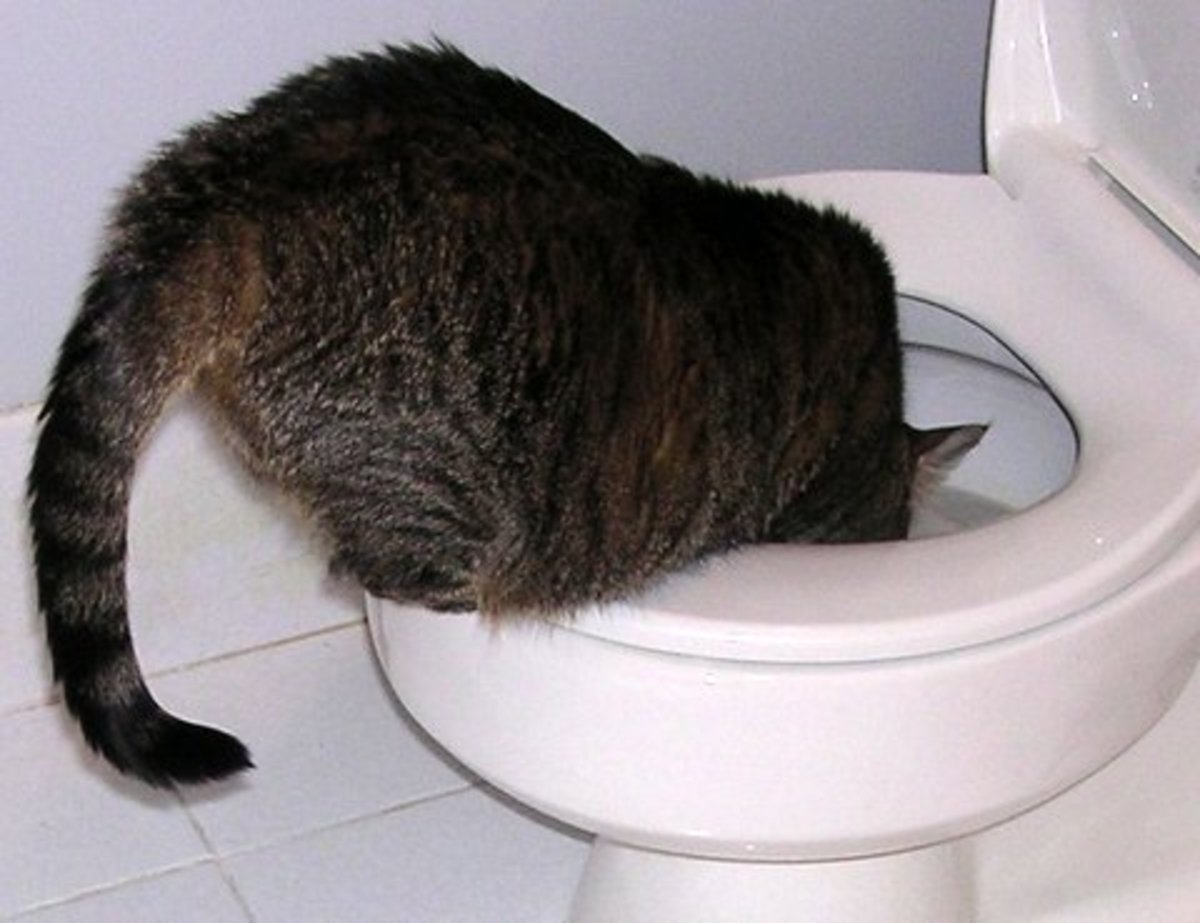The Risks of Flushing Cat Poop in Your Toilet - Preventive Measures
The Risks of Flushing Cat Poop in Your Toilet - Preventive Measures
Blog Article
Just how do you actually feel with regards to How to Dispose of Cat Poop and Litter Without Plastic Bags?

Introduction
As pet cat owners, it's essential to bear in mind how we deal with our feline pals' waste. While it might seem practical to flush cat poop down the toilet, this method can have destructive consequences for both the atmosphere and human health.
Alternatives to Flushing
Thankfully, there are safer and more liable methods to throw away feline poop. Consider the adhering to options:
1. Scoop and Dispose in Trash
One of the most typical approach of taking care of feline poop is to scoop it into a naturally degradable bag and toss it in the garbage. Make sure to make use of a devoted trash inside story and get rid of the waste without delay.
2. Use Biodegradable Litter
Select eco-friendly cat litter made from products such as corn or wheat. These clutters are eco-friendly and can be securely dealt with in the trash.
3. Bury in the Yard
If you have a yard, take into consideration hiding cat waste in a marked area away from vegetable gardens and water sources. Be sure to dig deep sufficient to stop contamination of groundwater.
4. Set Up a Pet Waste Disposal System
Invest in a pet garbage disposal system particularly designed for pet cat waste. These systems use enzymes to break down the waste, lowering odor and environmental influence.
Health and wellness Risks
In addition to ecological worries, flushing cat waste can likewise position wellness dangers to humans. Pet cat feces may include Toxoplasma gondii, a bloodsucker that can trigger toxoplasmosis-- a possibly serious illness, especially for pregnant females and individuals with damaged immune systems.
Environmental Impact
Purging pet cat poop presents damaging virus and parasites into the supply of water, posing a considerable danger to water environments. These pollutants can negatively affect marine life and concession water top quality.
Verdict
Accountable pet possession expands beyond offering food and shelter-- it also entails proper waste monitoring. By refraining from flushing pet cat poop down the commode and going with alternate disposal methods, we can decrease our environmental impact and safeguard human health and wellness.
Why Can’t I Flush Cat Poop?
It Spreads a Parasite
Cats are frequently infected with a parasite called toxoplasma gondii. The parasite causes an infection called toxoplasmosis. It is usually harmless to cats. The parasite only uses cat poop as a host for its eggs. Otherwise, the cat’s immune system usually keeps the infection at low enough levels to maintain its own health. But it does not stop the develop of eggs. These eggs are tiny and surprisingly tough. They may survive for a year before they begin to grow. But that’s the problem.
Our wastewater system is not designed to deal with toxoplasmosis eggs. Instead, most eggs will flush from your toilet into sewers and wastewater management plants. After the sewage is treated for many other harmful things in it, it is typically released into local rivers, lakes, or oceans. Here, the toxoplasmosis eggs can find new hosts, including starfish, crabs, otters, and many other wildlife. For many, this is a significant risk to their health. Toxoplasmosis can also end up infecting water sources that are important for agriculture, which means our deer, pigs, and sheep can get infected too.
Is There Risk to Humans?
There can be a risk to human life from flushing cat poop down the toilet. If you do so, the parasites from your cat’s poop can end up in shellfish, game animals, or livestock. If this meat is then served raw or undercooked, the people who eat it can get sick.
In fact, according to the CDC, 40 million people in the United States are infected with toxoplasma gondii. They get it from exposure to infected seafood, or from some kind of cat poop contamination, like drinking from a stream that is contaminated or touching anything that has come into contact with cat poop. That includes just cleaning a cat litter box.
Most people who get infected with these parasites will not develop any symptoms. However, for pregnant women or for those with compromised immune systems, the parasite can cause severe health problems.
How to Handle Cat Poop
The best way to handle cat poop is actually to clean the box more often. The eggs that the parasite sheds will not become active until one to five days after the cat poops. That means that if you clean daily, you’re much less likely to come into direct contact with infectious eggs.
That said, always dispose of cat poop in the garbage and not down the toilet. Wash your hands before and after you clean the litter box, and bring the bag of poop right outside to your garbage bins.
https://trenchlesssolutionsusa.com/why-cant-i-flush-cat-poop/

I came across that review on Can You Flush Cat Poop Down The Toilet? when doing a search on the internet. Enjoyed our write-up? Please share it. Help other people check it out. We love reading our article about Can You Flush Cat Poo or Litter Down the Toilet?.
Book Inspection Report this page